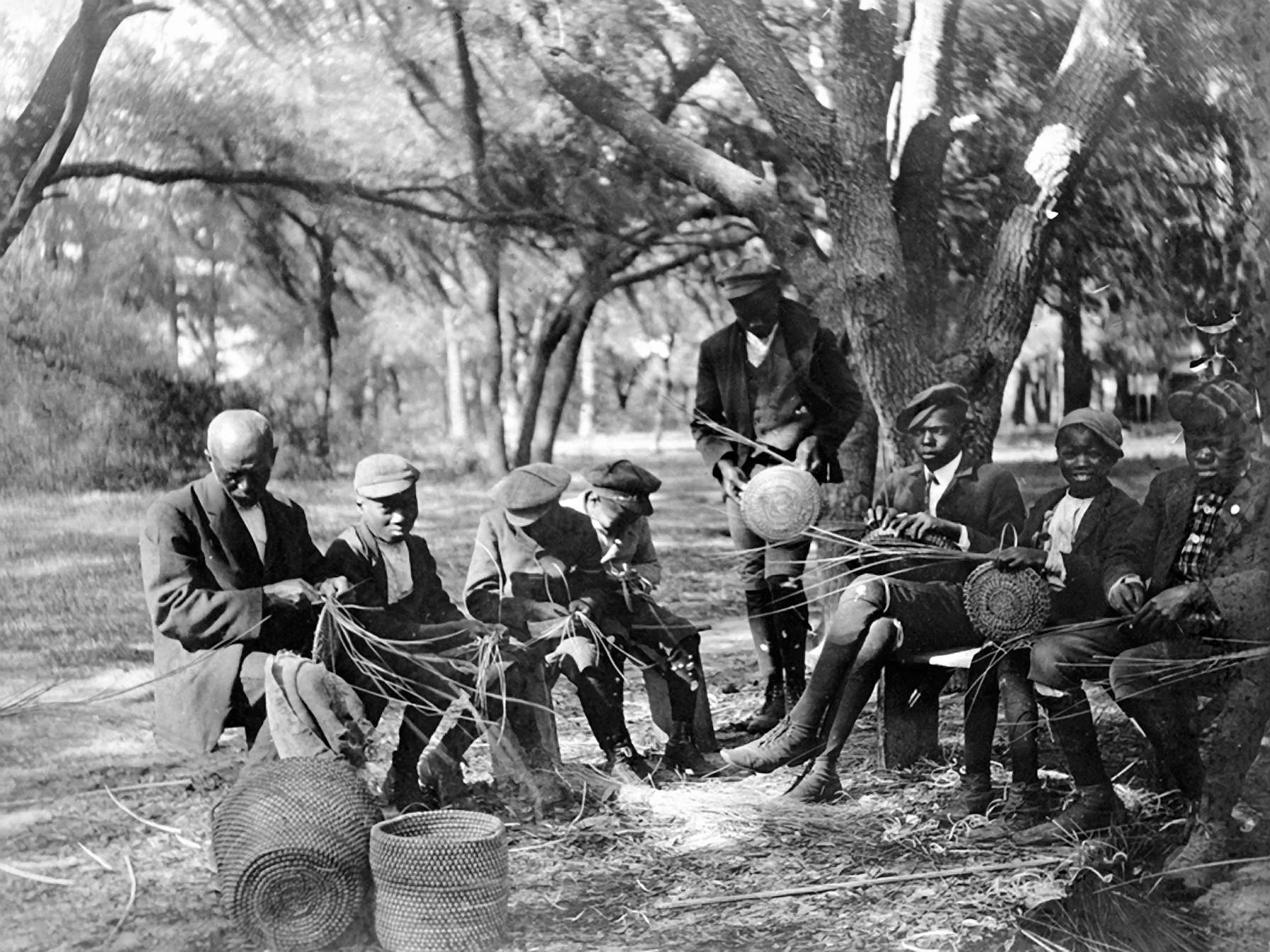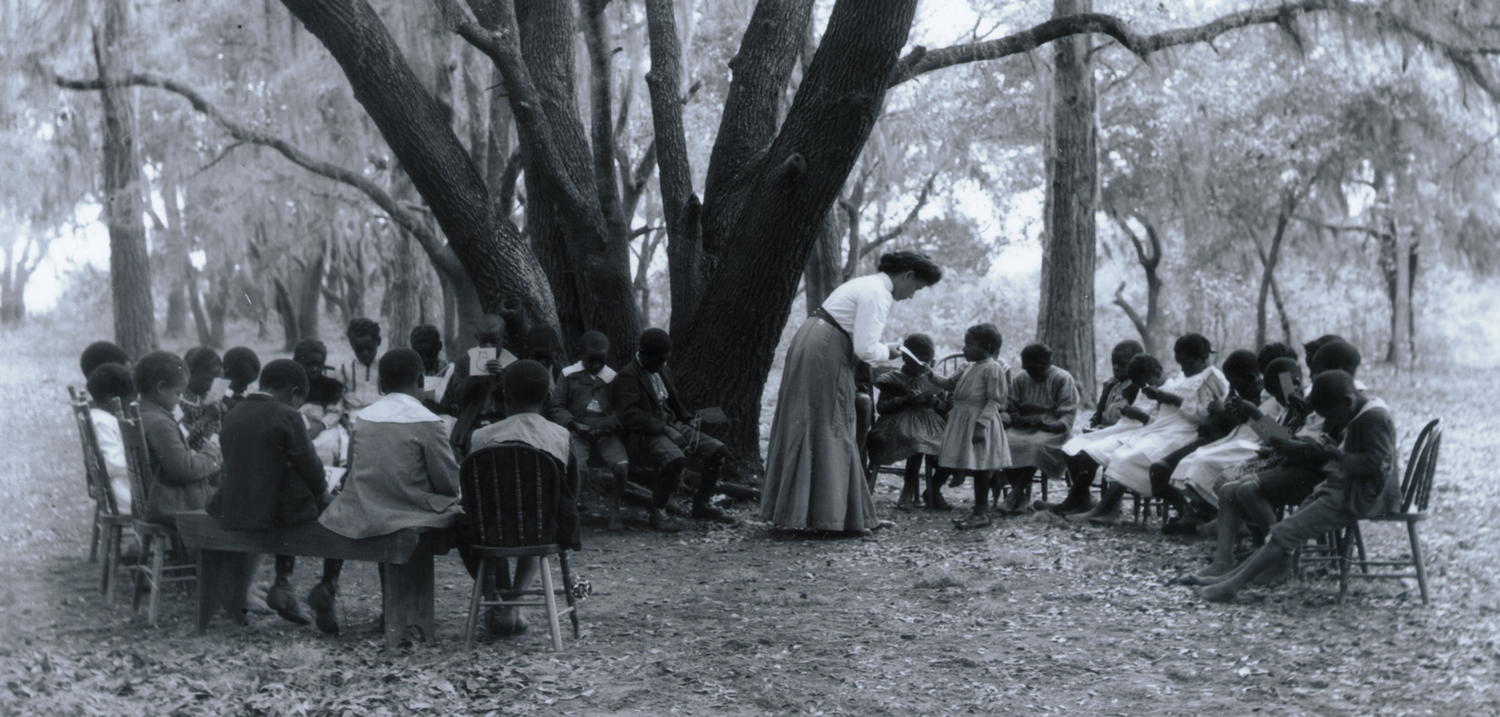Full of historical landmarks, the district of Beaufort, South Carolina offers so much for one in tune with history and nature.
One of such historical grounds is the Penn Center. It is one of the most significant African American historical and cultural institutions in existence today, located on St. Helena Island, at the heart of Gullah culture.
Beautiful scenery and stunning antebellum homes plus warm southern hospitably make the place stand out.
“The city was one of the first to approve of the secession from the union during the War Between the States. When the townspeople discovered Sherman was marching toward their town, they fled, fearful of being accused of treason.
“The Great Skedaddle” left the town deserted when the Union Army arrived. Sherman turned Beaufort into an army base, using the stately homes for hospitals and officers quarters. Today, Beaufort is a charming mix of old and new. Located between Savannah and Charleston, it’s a hidden gem.”

The Penn Center was established in 1862 and formerly known as Penn School. It was the first school in South Carolina for freed black slaves. The Union Army arrived in 1861. During the Great Skedaddle, the wealthy landowners left behind 10,000 slaves as they rushed from the town. Sherman asked them to stay in the area under his protection.
“Penn Center served as a school for African Americans until 1948, where it taught both educational and trade classes to children and adults. In the 1960s, Penn Center served as a safe haven for Civil Rights groups who met here in secret to plan strategy. The small Gant house, located at the back of the property, was often visited by Dr. Martin Luther King, Jr., who reportedly wrote part of his “I Have a Dream” speech in the privacy of his cottage. It’s said the KKK discovered Dr. King was working there but were too afraid of the local root doctor, Dr. Buzzard, to make any attempt to harm him.

“Today the center operates as a link to the past, helping to preserve the native Gullah Geechee Culture, to promote historic preservation, and to sustain economic stability in the community.”











